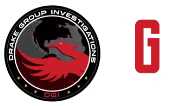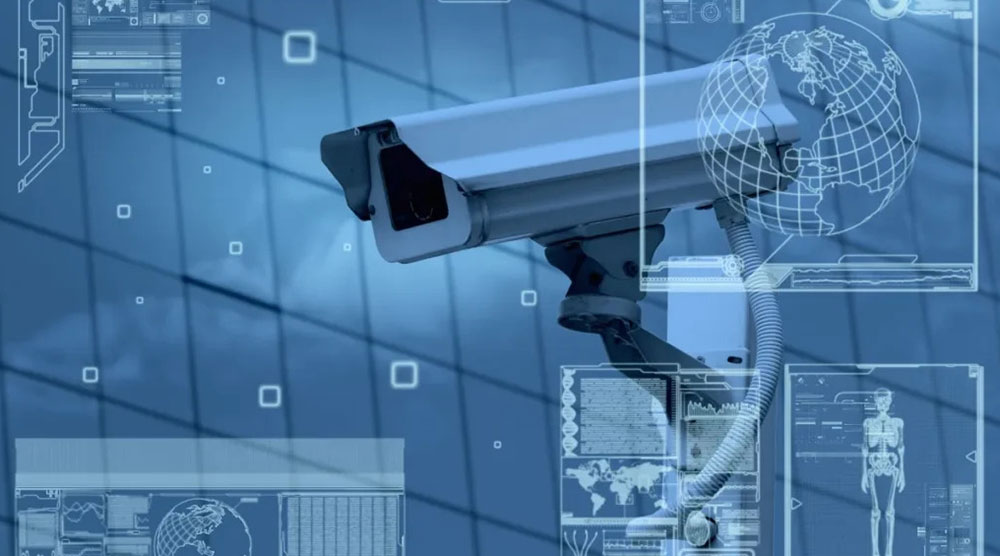In today’s digital age, the boundaries between personal and professional spaces have blurred. While technology has brought numerous benefits to the workplace, it has also given rise to concerns about electronic surveillance. Employers may use various means to monitor employees, and both employers and employees need to understand the legal and ethical implications of electronic surveillance in the workplace.
This blog will focus on how to detect electronic surveillance, emphasizing the importance of privacy and compliance with laws and regulations.
The Need to Detect Electronic Surveillance
In the modern workplace, the need to detect electronic surveillance is of paramount importance. It serves several crucial purposes:
- Protecting Privacy: Preserving individual privacy and preventing unwarranted intrusions.
- Ensuring Compliance: Adhering to legal regulations governing surveillance.
- Building Trust: Fostering trust, morale, and loyalty among employees.
- Preventing Misuse: Ensuring surveillance serves its intended purpose.
- Encouraging Ethics: Promoting integrity, open communication, and ethical conduct.
Signs of Surveillance
- Unusual Equipment: Be on the lookout for hidden cameras, microphones, or unusual devices in your workspace.
- Inexplicable Changes: Sudden alterations to the layout of the office, such as new smoke detectors or alarm clocks, could indicate hidden surveillance equipment.
- Unexpected Maintenance: Unannounced maintenance or technical visits that seem unnecessary may be a cover for surveillance installation.
- Unusual Network Activity: Frequent network disruptions or unauthorized access could suggest computer monitoring.
- Strange Noises: Listen for unusual buzzing or clicking sounds on phone calls or in your workspace.
Conducting Physical Inspections
If you suspect electronic surveillance in your workplace, consider conducting physical inspections:
- Check for Hidden Cameras: Use a flashlight and examine objects closely for hidden cameras.
- Inspect Electrical Outlets: Look for unusual wires or devices connected to electrical outlets.
- Examine Suspicious Items: Inspect items such as pens, clocks, or smoke detectors for hidden recording devices.
Using Technology to Counter Surveillance
Technology can also be used to detect electronic surveillance. Employers and employees can utilize specialized tools and apps designed for this purpose. Wiretapping detection devices are particularly effective in identifying unauthorized audio surveillance.
Wiretapping Detection: A Closer Look
The term “wiretapping” describes the practice of intercepting electronic or telephone communications, including texts, emails, and phone calls, without the consent of one or both parties involved. It is illegal in many jurisdictions and a severe violation of privacy.
Wiretap Detection Device: A Vital Tool
Detecting wiretapping can be challenging without the right tools. This is where the wiretap detection device comes in. These devices are intended to identify the presence of listening devices and hidden microphones in your vicinity. They work by detecting radio frequency (RF) signals emitted by such devices.
Benefits of Wiretap Detection
- Peace of Mind: Using a wiretap detection device can help employees regain peace of mind, knowing that their conversations are private.
- Evidence Collection: If you suspect illegal wiretapping, the evidence collected by these devices can be crucial in legal proceedings.
- Protection Against Corporate Espionage: A wiretapping detection device is not only about privacy; it also protects businesses from corporate espionage and information leaks.
Protecting Your Workplace Privacy
Now that we’ve explored ways to detect electronic surveillance, it’s important to take steps to protect your workplace privacy proactively.
Reporting Suspected Surveillance
If you suspect electronic surveillance in your workplace, it’s crucial to take the right steps:
- Document Evidence: Keep records of any signs or incidents that raise suspicion.
- Report to HR: Report your concerns to the Human Resources department or higher management.
- Consult Legal Counsel: If you believe your privacy rights have been violated, seek legal advice.
Establishing Workplace Policies
- Privacy Policies: Develop and communicate a comprehensive privacy policy that outlines the organization’s stance on surveillance.
- Consent: Ensure that employees give informed consent for any surveillance measures in place.
- Regular Audits: Periodically review and assess the effectiveness of surveillance measures to ensure compliance with laws and regulations.
Secure Your Workplace Privacy with DGI
It is crucial to strike the right balance between security and privacy, and understanding how to detect electronic surveillance is a crucial step in safeguarding workplace privacy. Take control of your workplace privacy today with Drake Group Investigations. Contact us to learn more and discover the tools and knowledge you need to protect your privacy effectively.

